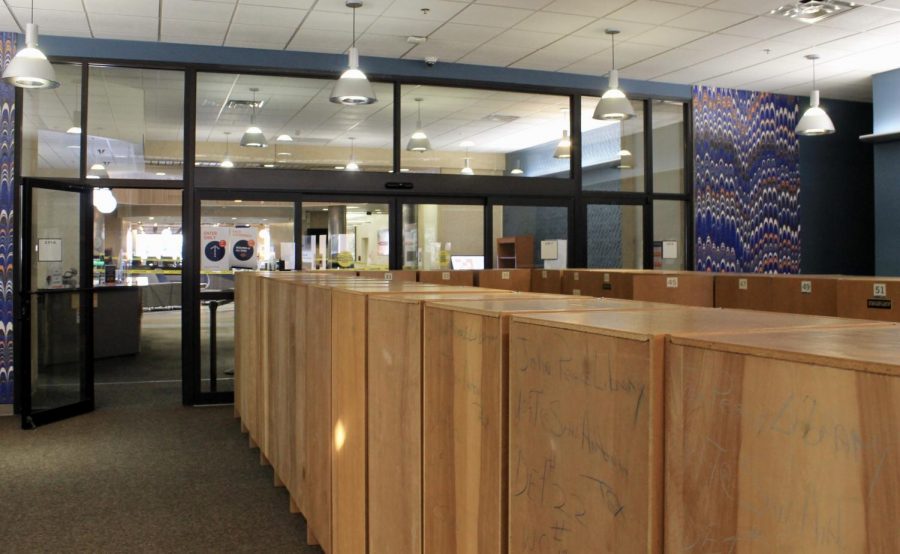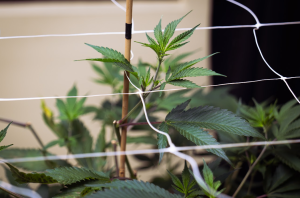Despite record-breaking enrollment, UTSA will remain ‘conservative’ in its budget process
October 23, 2020
Enrollment has reached a record high in the Fall 2020 semester at UTSA with 34,742 total students, 77% of the 2028 goal for 45,000 enrolled students. UTSA is also inching closer to several other institutional goals, including improving first-year retention and four-year graduation rates and increasing the proportion of new freshmen who ranked in the top quartile of their high school class.
First-year retention rates have risen beyond 80% for the first time, 5% away from the 2028 goal of 85%; the four-year graduation rate stands at 34%, just 1% lower than the goal set for 2028; six-year graduation rates maintained above 50%, with a 2028 goal of 60%; and 56% of new freshmen ranked in the top quartile of their graduating class, 1% above the 2028 goal.
The Graduate School enrollment increased by 14.7%, with new graduate students’ enrollment increasing by 40%. Part of that increase was 90 new students who entered UTSA’s graduate school through the “Keep Running With Us” program launched in the spring, which offers automatic admission for undergraduate UTSA students with a certain level of academic achievement.
“Our Graduate School worked real hard to try to make that as easy and seamless as possible and qualifying students to get into a master’s program,” Lynn Barnes, senior vice provost and vice president for strategic enrollment, said. “Because of that success, we are going to continue that effort and wanting to keep more Roadrunners here for their graduate degrees.”
UTSA also saw an undergraduate enrollment boost of 5.7% in Fall 2020, even as undergraduate enrollment nationally has dropped by 2.5%, according to data from the National Student Clearinghouse. UTSA had projected a loss in revenue from tuition and fees of 2.5% when decisions about the spring’s budget cuts were being made, but the overall enrollment jump of 6.6% indicates that those projections were likely overly pessimistic.
“We were able to mitigate that by having an increase in enrollment, so we fared better than what we thought would happen,” Barnes said.
However, an email from the Office of the President sent to faculty and staff indicated that the university would not be making immediate changes to its budgeting decisions given the uncertainty of the coming months, especially with the Texas legislative session beginning in January, which will determine the amount of state funding higher education institutions receive for the following two years. UTSA projected a 10% loss in state appropriations in the spring.
If UTSA continues to surpass projections for enrollment and funding after several semesters, the budget restrictions may begin to loosen. The message was signed by President Taylor Eighmy, Provost Kimberly Espy and Chief Financial Officer Veronica Mendez.
“Following the upcoming state legislative session in the spring, we can expect to learn more about what to anticipate in the coming year,” the email said. “Until then, we will continue to maintain our conservative stance in our budget process.”









